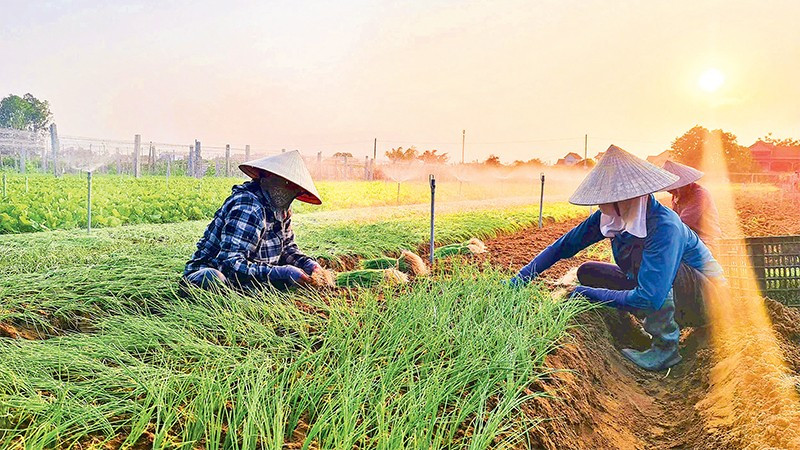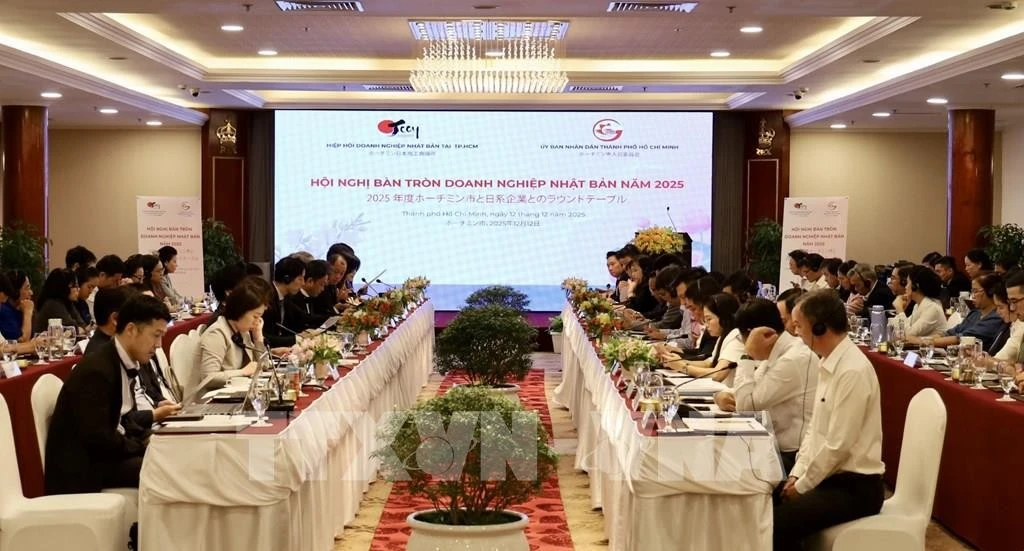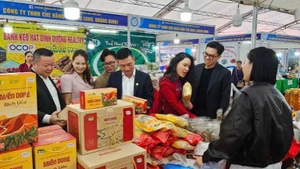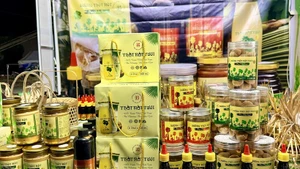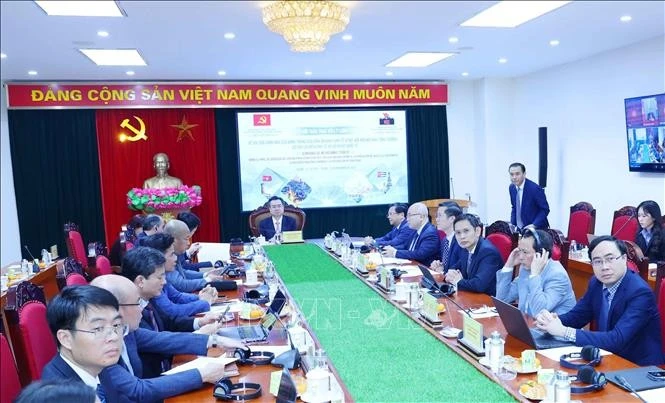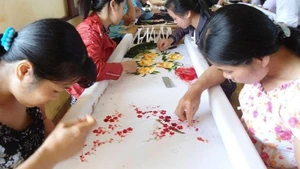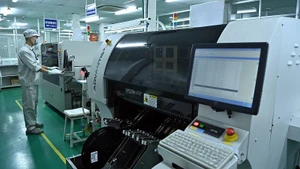According to the Nghe An Department of Agriculture and Rural Development, there have been 1,966 hectares of land converted from rice to other crops during the 2021-2024 period. In 2024 alone, the converted area was 387 hectares with some models yielding high income such as cucumbers and chives.
Nguyen Quang Loc, Chairman of Kim Lien Commune in Nam Dan District, shared that the local government has recently been actively encouraging people to switch to lotus cultivation in marshy areas and low fields where rice cultivation is inefficient. Thanks to successful conversion, most of the low-lying paddy fields are no longer abandoned as before.
Previously, Tan Thuy's family in Kim Lien Commune had 1,500 square metres of rice fields, however, they had low economic efficiency, so they boldly converted to growing lotus. Thuy said: "Growing lotus does not require much care; about 4-5 months after sowing, it will yield flowers, leaves, seeds, stems, roots... with much higher efficiency than growing rice. With the same area, if rice cultivation yields 3-4 million VND per crop, lotus cultivation achieves 5-6 million VND per crop."
In Dai Son Commune, Do Luong District, due to geographical conditions, some fields with high terrain face water source difficulties, especially in the summer-autumn crop. In recent years, people have converted rice cultivation land to growing various vegetables, yielding profits 2 to 3 times higher.
According to Hoang Duc An, Head of Hung Nguyen District’s Bureau of Agriculture and Rural Development, the district has encouraged people to convert low-lying rice areas into intensive aquaculture zones, combined with ecological tourism experiences. Higher land areas with water shortages are flexibly converted to growing vegetables and alternating rice crops by season. According to statistics, the areas with restructured crops have brought 3-5 times higher efficiency compared to rice cultivation.
During the 2020-2024 period, Vietnam has converted about 639,252 hectares of rice-growing land to annual crops, perennial crops, and rice cultivation combined with aquaculture.
Nguyen Thi Thu Huong, Deputy Director in charge of the Department of Crop Production, said that after converting crop structure from rice-growing land, economic efficiency in many localities has been significantly higher, such as lotus cultivation in Hue, tobacco cultivation in Thanh Hoa, spice plants in Nghe An Province and Thanh Hoa Province, and guava and orange cultivation in Nghe An Province.
Localities in the Mekong Delta that have switched to growing green-skinned pomelo, coconut and so on also yield higher incomes. Notably, the durian cultivation model in the provinces of Long An, Tien Giang, and Dak Lak yields up to 600 million to 1.5 billion VND/hectare/year.
In addition, localities such as Soc Trang, Ca Mau, and Kien Giang, which have some rice-growing areas affected by seasonal saline intrusion, have switched to shrimp farming models with profits ranging from 150 to 300 million VND/hectare/year.
To effectively implement crop conversion on rice land, Huong said in the coming time, localities and farmers need to select high-yield, high-quality varieties that are suitable for the conditions of each region and have good pest resistance for production.
Additionally, it is necessary to support infrastructure investment projects, irrigation systems for dryland crops to restructure crops adapting to climate change; provide training and guidance for each type of converted crop for households to increase production efficiency; and connect organisations and businesses with producers in consumption and processing of products.
Discussing this issue, Vo Thi Nhung, Deputy Director of the Nghe An Department of Agriculture and Rural Development, said that in the coming time, localities in the province need to focus on attracting businesses to invest in agricultural production and participate in building concentrated production areas linked with processing and consuming products; and develop plans and zoning for concentrated production conversion areas and select crops suitable to the soil, climate and market orientation.
